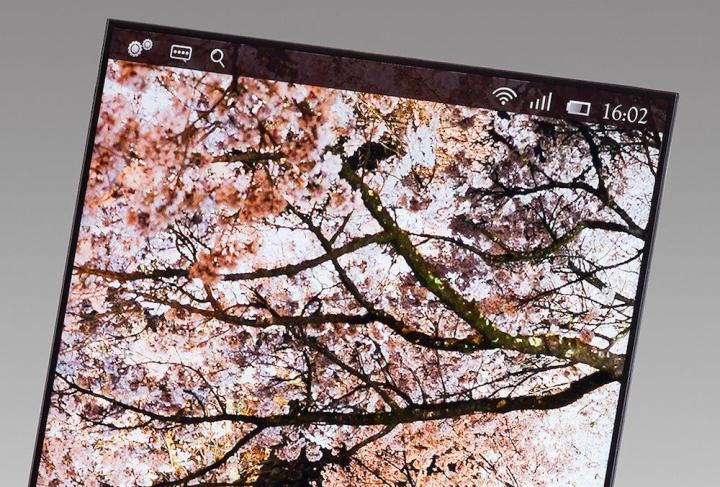
At the end of May last year, we asked if Apple’s Retina resolution displays were about to be superseded by the newly announced 1080p screens, starting with LG’s 5-inch panel demonstrated at the time. Now, it’s time for us to question how long 1080p resolution screens will remain at the top of the smartphone tree, as Japan Display has announced it has developed phone-sized screens with 2560 x 1440 pixel, 1440p resolutions.
Rather than just make a single size screen, Japan Display has gone all out and produced two different displays, one measuring 5.4-inches and the other 6.2-inches. Both share the same monster resolution, but the difference in size means the pixel density differentiates the two. On the larger display, it’s 473ppi, but on the 5.4-inch screen, it’s a whopping 543ppi. Japan Display says that’s the highest number you’ll find on a screen designed for mobile devices, and just to put it in perspective, the Galaxy S4’s 1080p screen (that’s 1920 x 1080 pixels) has a pixel density of 441ppi.
Those are some big numbers, but what do they mean to you, the person staring at the screen? Well, in theory, the higher the pixel density, the sharper and clearer the images and text will appear. At this level, a PC-style desktop could be viewed and zoomed in on comfortably. Apple pushed the benefits of a high pixel density when it launched the Retina-equipped iPhone 4, which impressively (at the time) squeezed 640 x 960 pixels onto a 3.5-inch panel. However, just as the benefits can be rolled out again, so can the argument that the human eye simply won’t be able to discern any difference.
This hasn’t stopped display manufacturers from racing towards 2560 x 1440 pixels (or WQHD, if you’d prefer), as LG announced it had developed its own “Quad HD” panel in August, and there have been rumors Vivo has already fitted one to an unofficial smartphone named the XPlay S3. As for the graphics chips to power them, Qualcomm’s already popular Snapdragon 800 processor is capable of driving such high resolutions, and so can Nvidia’s Tegra 4.
So, the scene is set for manufacturers to introduce hardware with amazing 1440p screens, and given Japan Display’s close ties with Sony, LG’s inevitable G-series Quad HD phone may get an Xperia rival. If a comment made by an NPD DisplaySearch analyst proves correct, we should see them next year. But will we really be able to see the difference?


